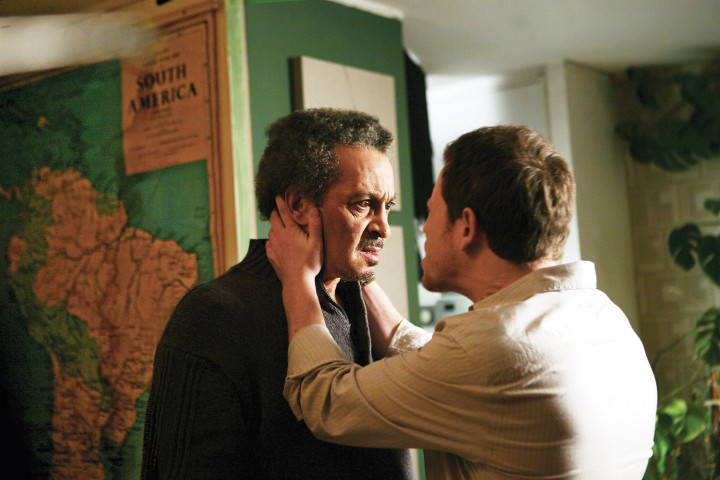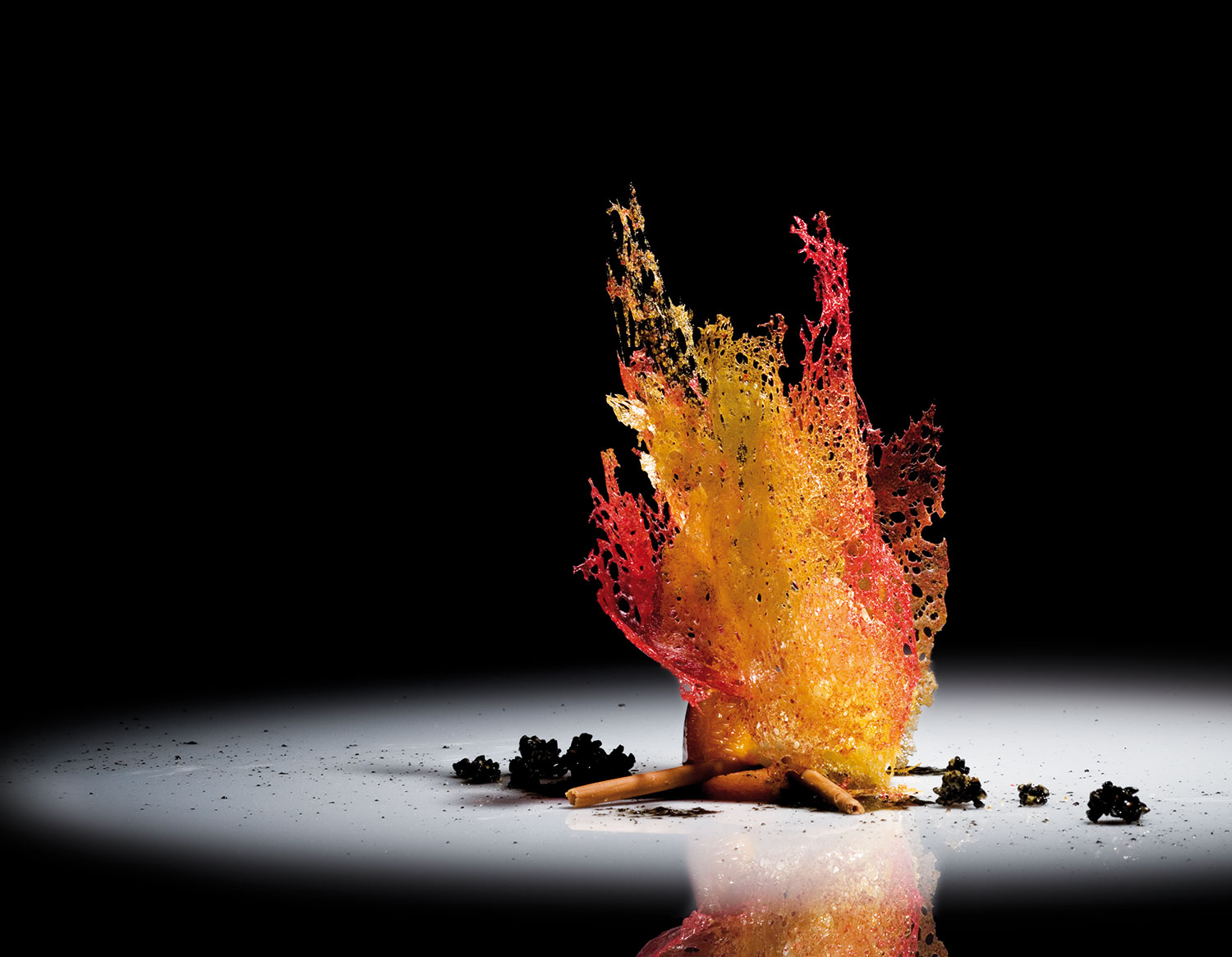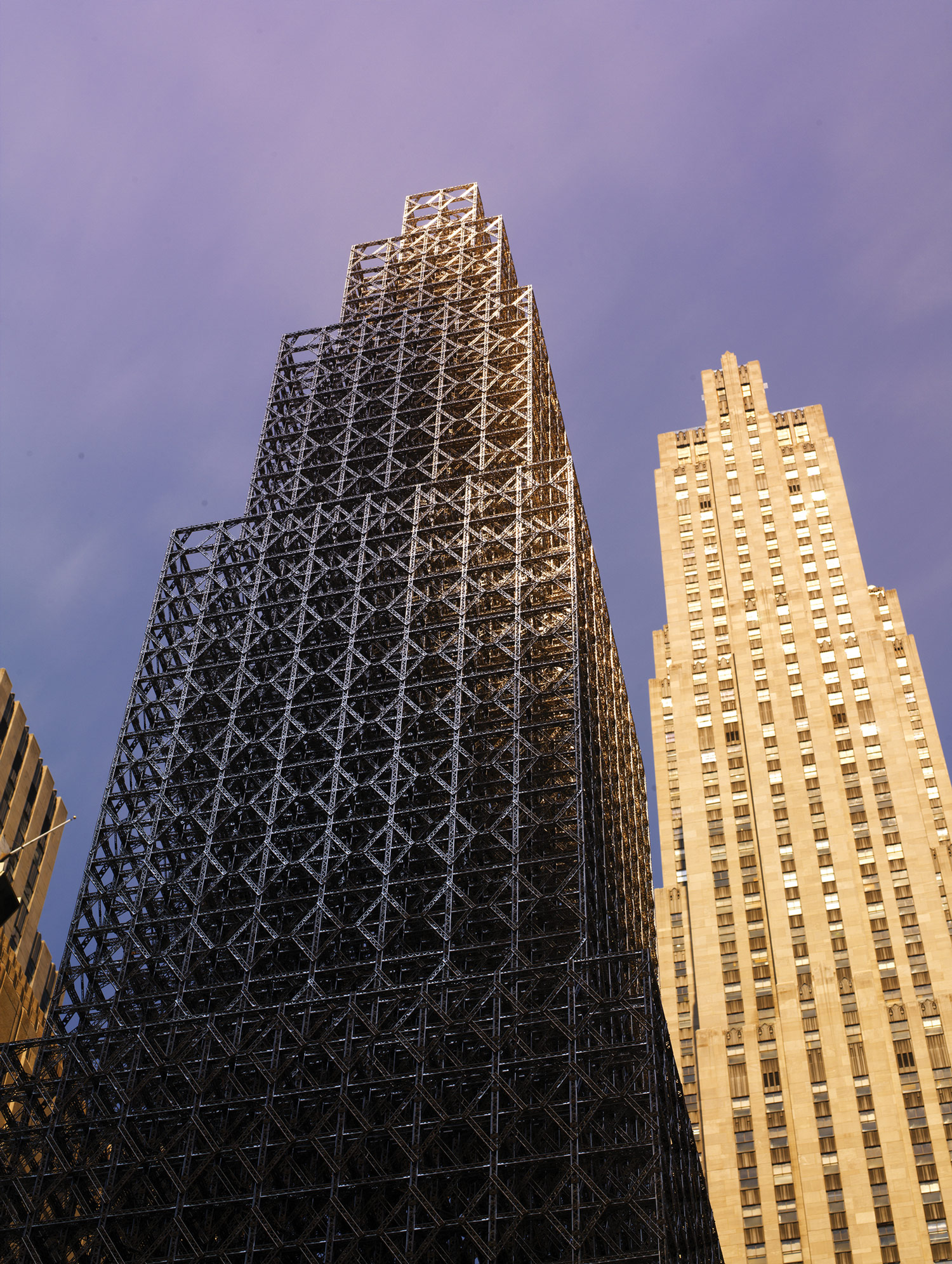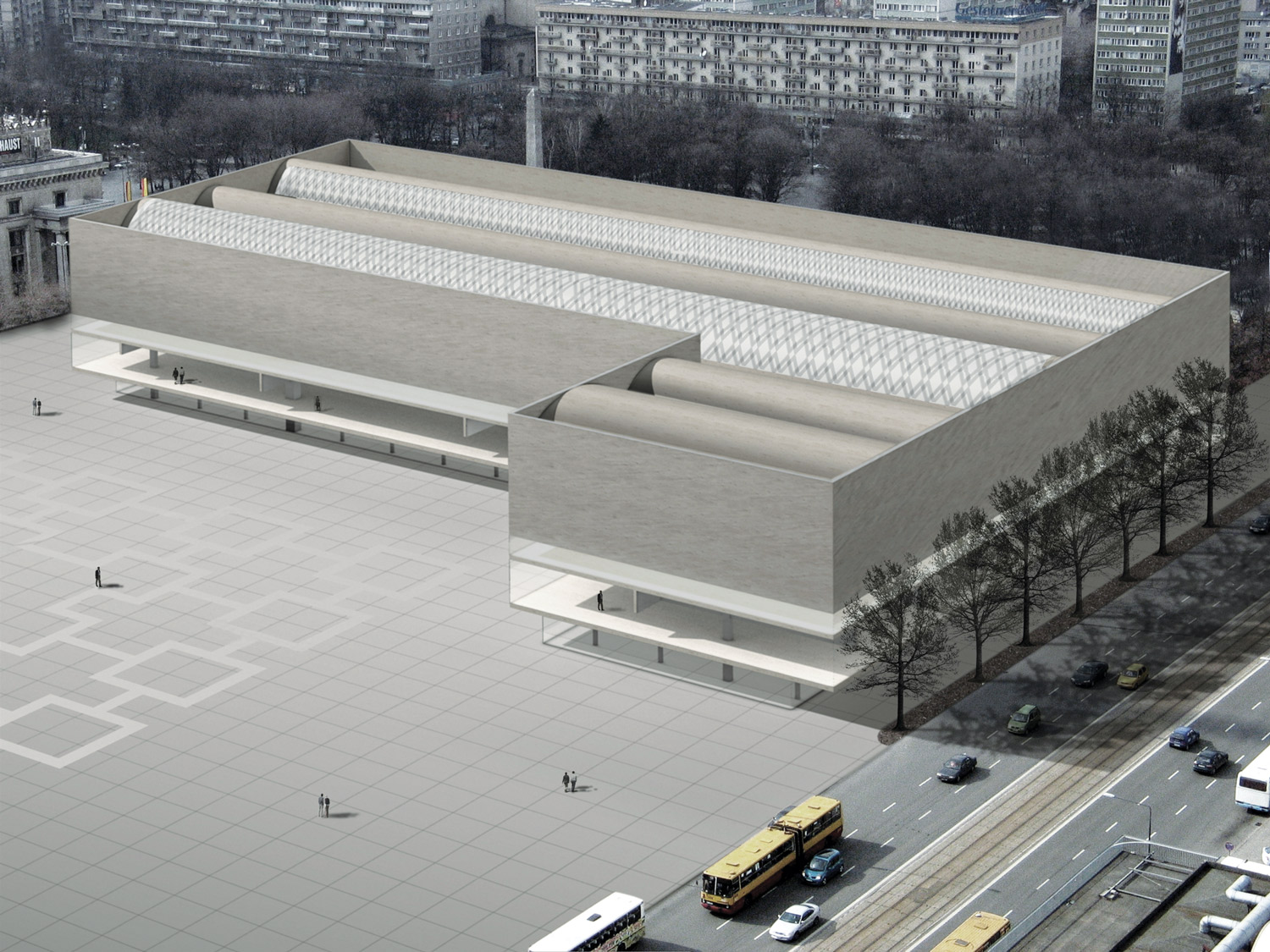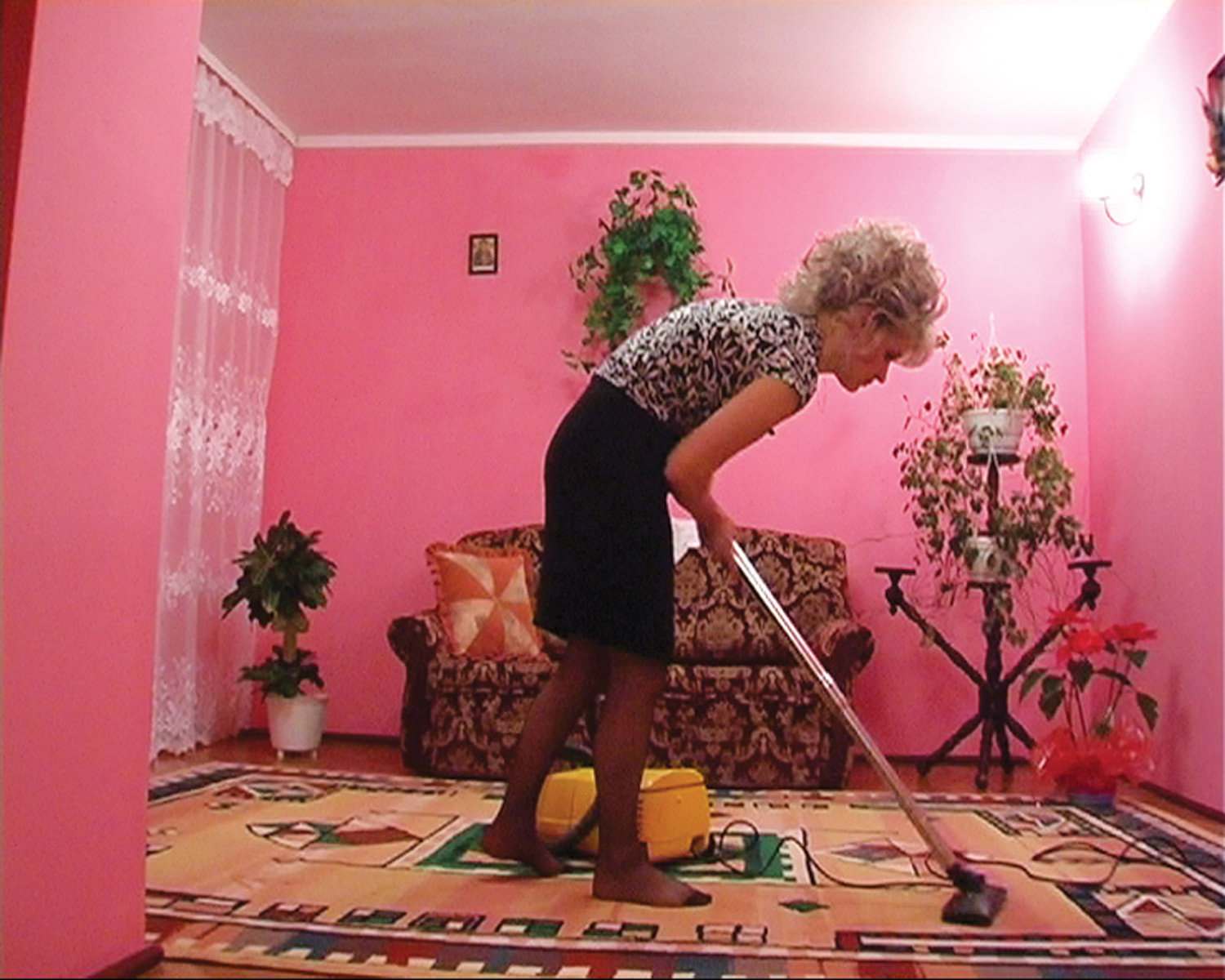
The curve at the Barbican Art Centre has been painted dark to host Clemens von Wedemeyer’s new multi-layered piece The Fourth Wall. Eight interrelated film installations and three interviews are dispersed impressively in the curved gallery space, an elaborated mix of anthropological documentaries and staged performances about ‘first contacts.’ Wedemeyer carefully uses distinct forms of presentation such as 16mm black-and-white film, double-sided video projections and a synchronized triple-screen video projected onto the concave wall.
In theater the ‘fourth wall’ defines the imaginary barrier between the stage and the auditorium, helping actors to think they are alone on stage and so being able to perform more naturally. Wedemeyer uses this concept as a metaphor for our approach to the unknown, as the invisible wall separates subjects looking and subjects being looked at. Our gaze on the ‘other’ and the breakthrough of the wall, the first contact between two different groups, is not only depicted by the artist’s careful culmination of found footage such as press reports, bits of feature films or YouTube videos but also by four new films shot by Wedemeyer in and around the Barbican.
Inspired by the discovery of the Philippine group of the Tasaday, hunter and gatherers living a stone age lifestyle in 1971, which 15 years later was claimed to be a directed hoax, Wedemeyer creates the situation of a group of actors that not only act as cave-dwellers, but actually live isolated from their audience and the outside world in the Barbican Theatre in permanent rehearsals. Another part of this fragmented story shows the first contact between the actors and their audience during the premiere celebrations of the play in the Conservatory, the tropical garden of the Barbican. Within the films it is hard to distinguish what is improvised and what is staged, and through incorporating usually unseen aspects of the production of a film into the final edit, Wedemeyer visualizes the dispersed barriers between fact and fiction in our daily life.
The various elements that make up The Fourth Wall begin to converge as one meanders through them. Now the films no longer appear to be separated units but different parts of a larger whole. The Fourth Wall in its complexity is at times overwhelming and can become confusing. Yet ultimately this unfolds Wedemeyer’s success in presenting a nonlinear fiction that drives us to discover our own version through learning, believing or doubting. Furthermore, the installation reveals the fabrication of narratives immanent in art and anthropology and reminds us of the absurdity of our constant search for truth.
This never-ending quest is also mirrored in the form of the loop Against Death; filmed in a flat on the Barbican Estate, this part of The Fourth Wall shows an explorer who returned to London cursed by immortality from his latest expedition in the jungle. The loop is constructed in such a terrific way that the artist here doesn’t confront us with any breaks but instead sucks us into his fiction to leave us with the same fears as the skeptical anthropologist friend of the explorer, when the latter grabs a knife to cut his throat.

